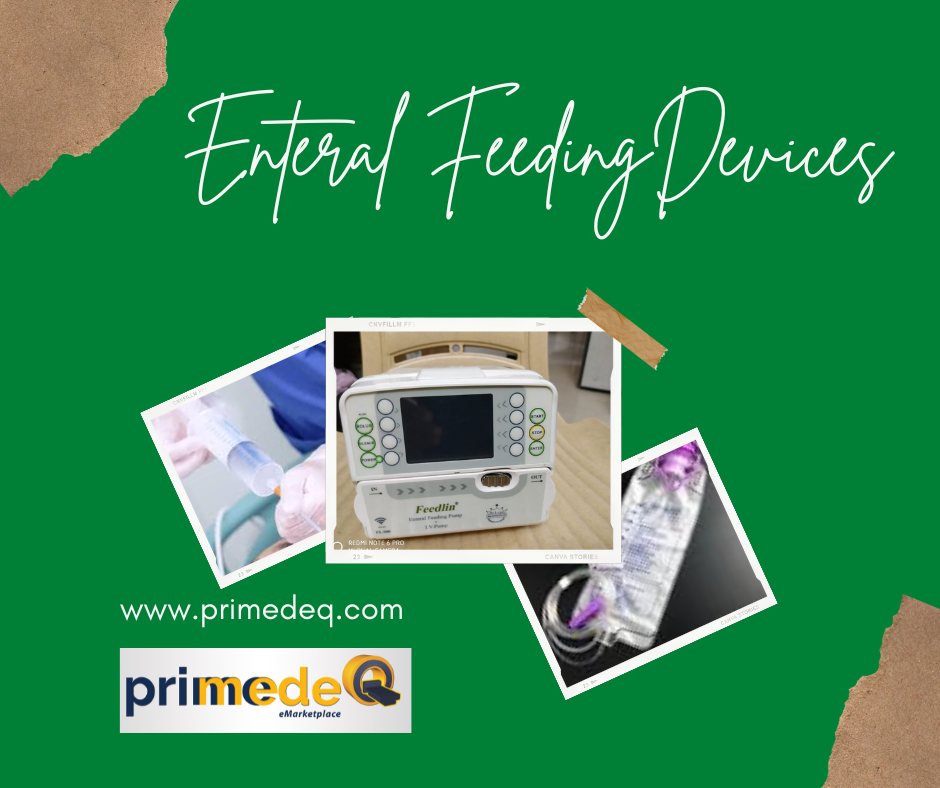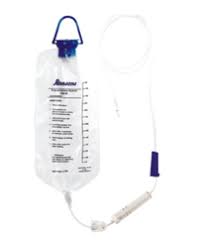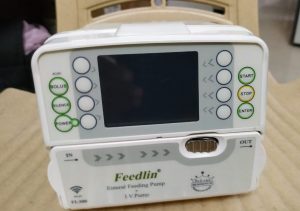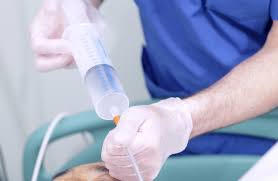
Have you come across patients who are fed through an enteral feeding pump or tube placed either through their mouth/ nose or sometimes inserted through their abdomen/stomach? It may be a baby or an adult. Most such patients are usually managed in a hospital. However with home healthcare becoming common, enteral feeding pump is taken on rent and many such patients are also managed by family at home with help from a home nurse. Tube feedings may be resorted to when the patient can’t eat enough calories to meet their nutritional needs, in the normal way. This may be because they can’t eat or swallow properly or can do so with difficulty but run the risk of aspirating fluids or food into their lungs.
Some of the reasons why a patient cannot eat or swallow properly could include,
- Stroke leading to impairment of ability to swallow
- Cancer, which may cause fatigue, nausea, and vomiting in a patient who is already weak
- Serious injury due to accident or trauma
- Neurological or movement disorders etc.
The patient may be in danger of malnourishment, weight loss or other very serious health issues if they did not take-in enough nutrition or calories as required to heal or recover, hence feeding through the tube.
-
What is enteral feeding?
‘Enteral feeding’ is the commonly used medical term referring to tube feeding. Enteral feeding means intake of food via the gastrointestinal (GI) tract. The mouth, esophagus, stomach and the intestines together form our Gastrointestinal (GI) tract. Enteral feeding includes both food taken through the mouth or through a tube that goes directly to the stomach or small intestine. A patient may not be able to swallow food through the mouth, but the rest of the GI tract may be functioning properly. Hence being fed through a tube allows them to receive nutrition either in the stomach or intestine and hence and keep their GI tract working.
Enteral feeding is not to be confused with ‘parenteral’ feeding. Parenteral feeding is when the required nutrition is directly delivered into the blood stream intravenously (through IV) rather than use any part of the GI tract. If only supplementary nutrition is given intravenously, it’s called peripheral parenteral nutrition (PPN). When one is getting all of their nutritional requirements through IV, it is called total parenteral nutrition (TPN).
While parenteral feeding can be life-saving under certain circumstances, enteral nutrition is always the preferred option, if possible. This is since enteral feeding keeps the GI tract working as much as possible and helps with immune system function. In cases where parts of GI tract (i.e the stomach or intestines) are not working properly, enteral feeding may not be an option.
-
Types of enteral feeding
The placement of the tube and type of feed formula will be recommended by the doctor based on the patient’s digestive abilities (i.e. which parts of the GI tract is functioning properly) and nutritional needs.
The main types of enteral feeding tubes include:
- Tube inserted through the nose ending in the stomach.
- Tube inserted through the mouth ending in the stomach.
- Tube inserted through the nose ending in the intestines.
- Tube inserted through the mouth ending in the intestines.
- Tube inserted through the skin of the abdomen straight to the stomach.
- Tube inserted through the skin of the abdomen straight into the intestines.
The following devices are commonly used in enteral feeding:
- Feeding syringe – Feeding syringe (also called bolus feed) is simple to use, easy to clean/sterilize and comes in various capacities such as 20ml, 50ml or 60ml etc. The feed or formula is injected into the tube using the feeding syringe by the ca
 regiver.
regiver. - Feeding bag – Sometimes the patient needs to be more frequently (like hourly) fed and very slowly. Hence it may not be possible to give the feed in one go, as in with the feeding syringe. Feeding bags are useful in such cases, where caregivers may be busy and set the feed/ multiple feeds in one go. Feeding bags come in higher capacity (e.g. 1.2 litres), an ice pouch for preserving the food for longer period, roller controller to control the flow at which food needs to go to the patient, a hanger for easy handling/ hanging as in IVs.
- Feeding pump – Enteral feeding pump not only has the advantage of the feeding bag, but is also considered safer. A feeding pump is considered a better device than gravity-driven bolus feeds (syringe) or the continuous infusion of enteral feeding through bags regulated by a roller clamp attached to the tubing. A few reasons are – the higher accuracy and consistency in delivery of the formula and the minimization of errors associated with tube mis-connection.

Feeding pump Feeding pumps come with
- Screen display and programming options (Microprocessor chip based more accurate flow and volume setting)
- Safety Alarms
- Air-bubble detector
- Automated tube flush etc.
Feeding pumps help manage nursing/ care-giver time better by reducing the frequency of feed to 4-6 hourly rather than hourly, while ensuring microbial safety of the feed. It is a particularly safer option if the patient is being attended to at home setting by family members.
-
Care to be taken during enteral feeding
Some of the most common complications that may occur due to enteral feeding include:
- Aspiration – food going into the lungs,
- Infection of the tube or insertion site,
- Nausea and vomiting that may result from feeds that are too large or fast, or from slowed emptying of the stomach,
- Skin irritation at the tube insertion site,
- Diarrhea due to a liquid diet or possibly medications,
- Tube dislodgement or tube blockage, which may occur if not flushed properly.
Hence due caution needs to be observed. Enteral feeding is done usually for a small period of time while the patient recovers from an illness, injury, or surgery. With proper care taken all will be well and the patient would easily return to regular eating.
PrimedeQ is an eMarketplace for medical equipment. Primedeq offers buying, selling and servicing of medical equipment. We also offer all kinds of medical equipment on rent for home use also. If you are looking for an enteral feeding pump on rental basis, contact us on +918971223957 or +917019759765.
https://in.linkedin.com/in/shanthi-mathur-ab07838

